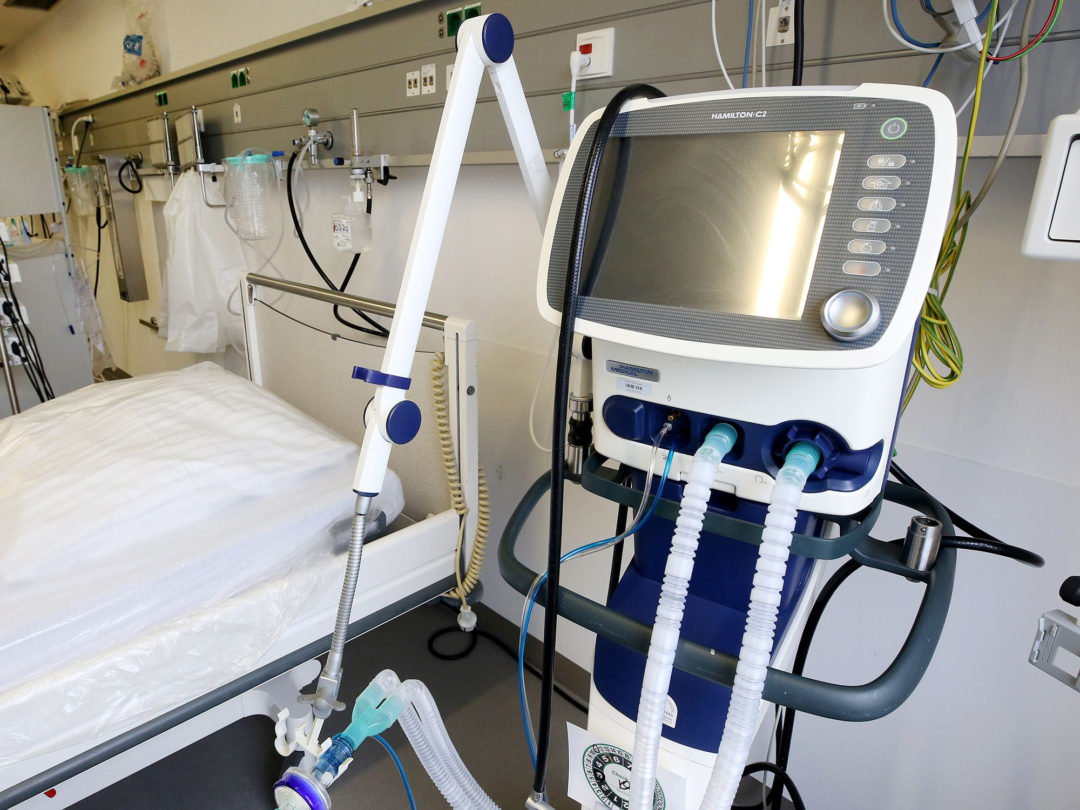
The global COVID-19 pandemic has sharply increased the demand for medical-grade oxygen. In fact, the record consumption of medical oxygen in treating patients has led to some hospitals in developing nations running completely out of oxygen for periods of time, a situation that has resulted in tragic consequences. But medical oxygen shortages aren’t limited to developing countries. Even in the United States, hospitals in particularly severe COVID-19 hotspots have faced serious challenges ensuring their oxygen supply is sufficient to meet the need.
The global market for oxygen is large, totaling just shy of $38 billion in 2019. But, according to a Mckinsey report, medical oxygen makes up just 3% of global production, with the rest produced for industrial purposes such as metal fabrication and combustion, oxidation, cutting and chemical reactions. Unfortunately, the solution to the global medical oxygen shortages isn’t as simple as shipping industrial oxygen to the medical facilities in need. Purity standards are far higher for medical-grade oxygen and manufacturers in that market must comply with strict regulatory requirements to make sure that no other gases contaminate medical oxygen cylinders. Industrial oxygen doesn’t meet these high standards for purity.
Given the massive humanitarian need for medical oxygen, however, some suppliers have started the process of repurposing their industrial grade manufacturing facilities to produce oxygen that meets the stringent requirements for medical use. They’re already starting to increase the supply. In just a few months, one African manufacturer was able to convert 8,000 industrial oxygen cylinders into medical oxygen cylinders. But success stories like this don’t happen without advanced planning and preparation, aided by technology.
Supply and Demand
The demand for medical oxygen typically follows a seasonal pattern, which suppliers follow — along with market data and other indicators — to forecast supply and demand. This lets them accumulate stock during the slow months so they’ll have enough for the busy period. The pandemic, however, has caused a spike that has made traditional forecasting models essentially unusable. Oxygen suppliers have had to refresh and review forecasting plans frequently, even daily at times, to determine the number of tanks they have on hand for storage, the number of tanks still with customers, as well as other critical data such as warehouse capacity, manufacturing capacity and distribution processes.
As manufacturers review and adjust their forecasts, they should keep the following in mind:
- Don’t neglect maintenance schedules and take additional usage into account during the pandemic. Breakdowns will further tighten supply.
- It’s important to have an efficient management system for returned empty cylinders, which require comprehensive and thorough inspection to ensure they are safe and will not fail. But it’s important to make sure the process doesn’t cause a bottleneck. Suppliers also need to have access to current data on available empty cylinders, as well as a breakdown of how many require repairs or certification, and how many are ready to be filled.
- Evaluate and optimize routing and turnaround times as much as possible. With demand at record levels, each cylinder is precious. Careful routing will ensure cylinders don’t spend more time on a truck or in a warehouse than is absolutely necessary.
2021 Forecasting
Of course, oxygen suppliers aren’t the only organizations in play here. Organizations both up and down the supply chain will be affected and will need to plan to meet their own customers’ demands. Cylinder manufacturers will likely see increased demand from oxygen suppliers, while metal fabrication operations that use oxygen to make components still need a steady supply to continue making enough of their own product. If industrial oxygen suppliers retool to also serve the medical market, they will need to keep their suppliers and customers informed, because their schedules, too, may be affected. This requires planning and preparation to avoid disruptions.
Technology can help ease forecasting and management during this unprecedented period for the industry. Enterprise resource planning (ERP) enables organizations to create a single version of the truth for the entire operation, from forecasted demand, current stock availability to supplier lead times, material requirements, contingency stock requirements, costs and storage capacity constraints.
ERP becomes even more powerful when it’s specialized to work within the unique operating model of a company’s industry. Material requirements planning (MRP) capabilities enable organizations to meet expected demand, optimized factory capacity and forecast resource and labor needs.
Manufacturing operations management (MOM) can also be applied to streamline resource deployment, incorporate analytics for further optimization and shrink waste.
In this way, manufacturers aren’t flying blind when it comes to the number of incoming orders and can gain visibility into what order volume will look like in the future. It also enables managers to assess suppliers’ and customers’ financial standing, so they can identify alternatives for key components and determine whether it makes sense to allocate stock to weaker customers before accepting new orders. As a result, manufacturers can see exactly which jobs need to be prioritized and where oxygen supply should be rationalized.
While the current oxygen supply shortage is a humanitarian crisis, technology platforms such as ERP can help suppliers and their supply chains meet the demand, prepare for the future and provide much needed medical supplies.
Roger Landman is product operations manager at SYSPRO.







